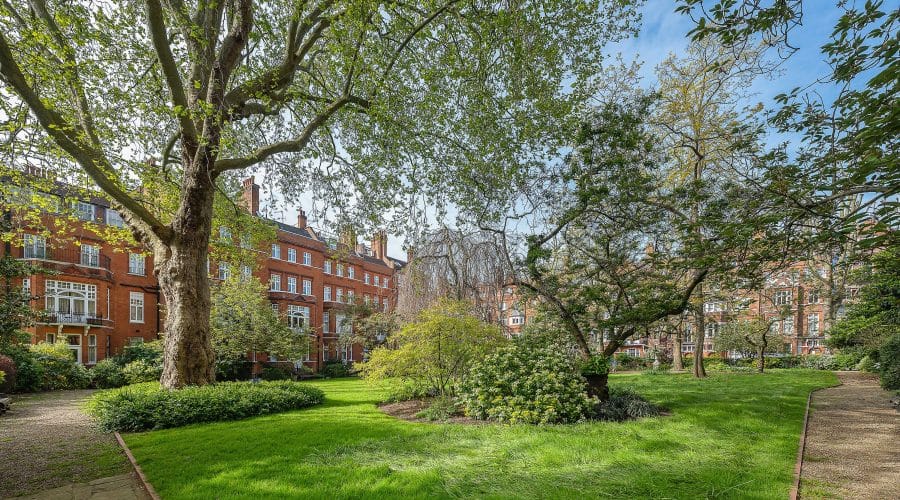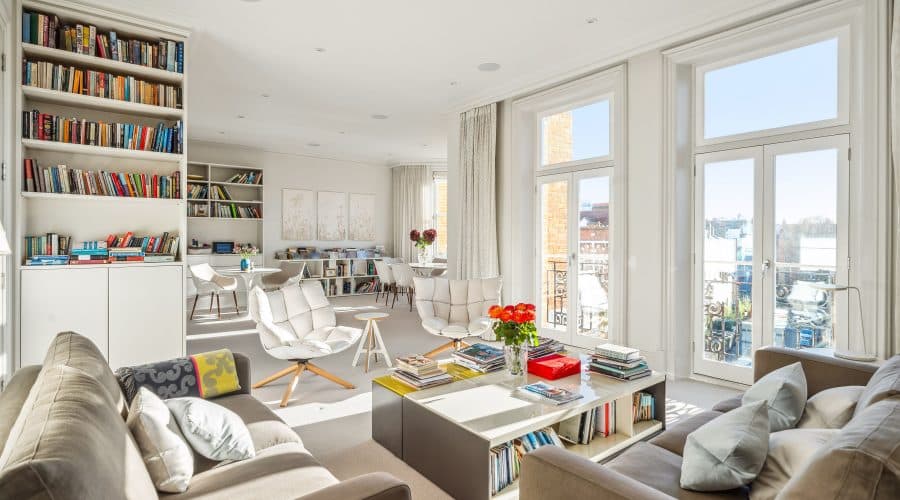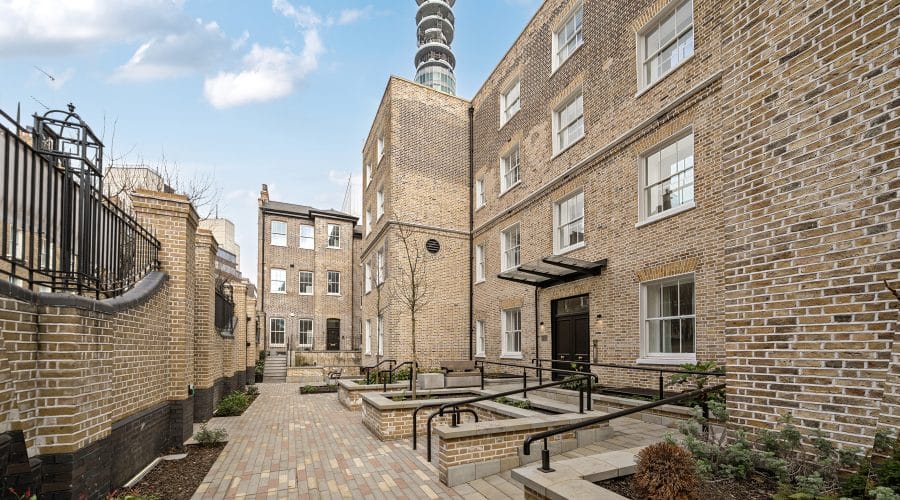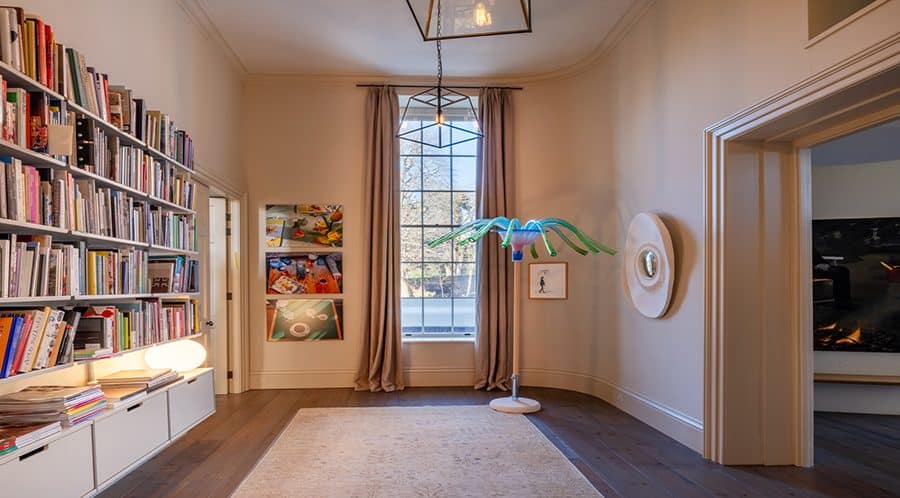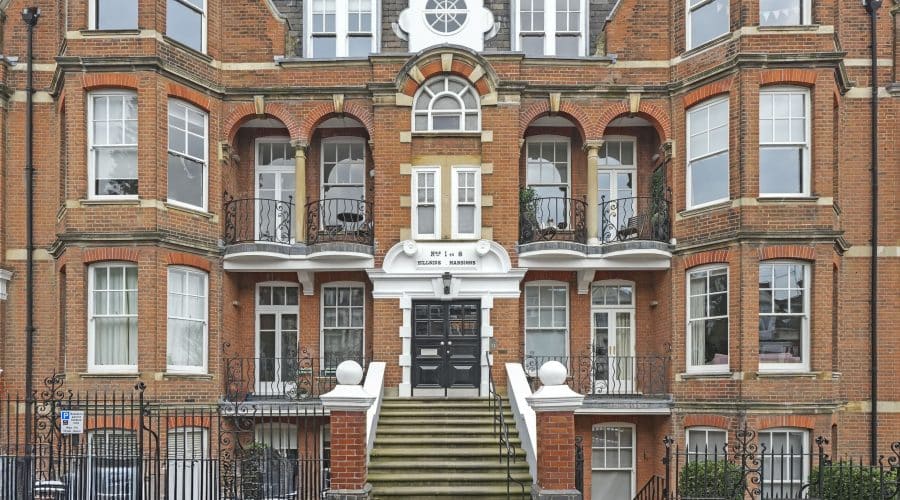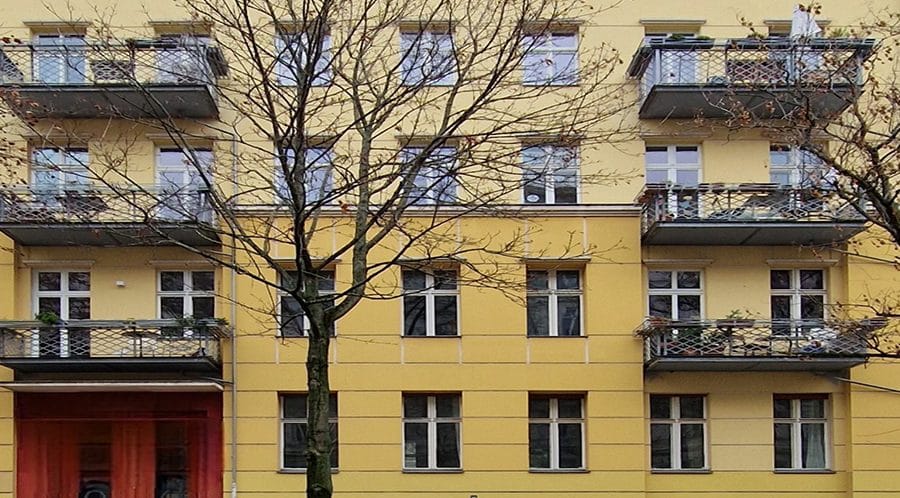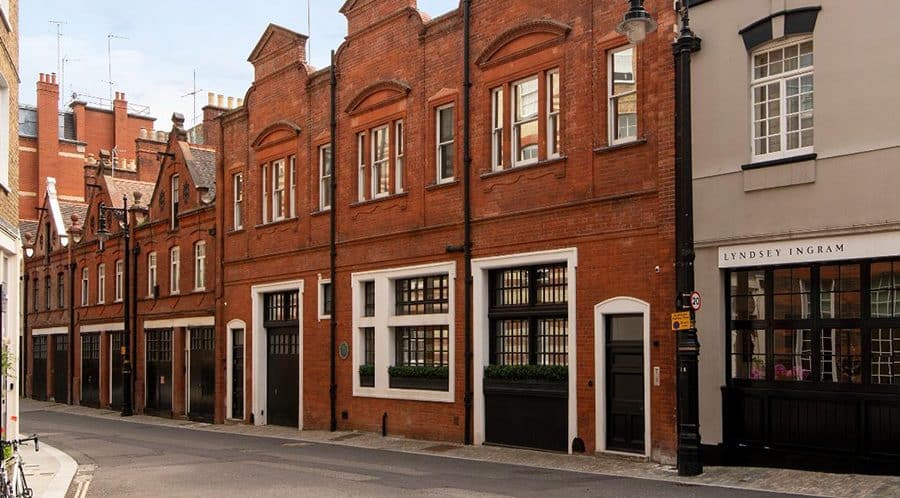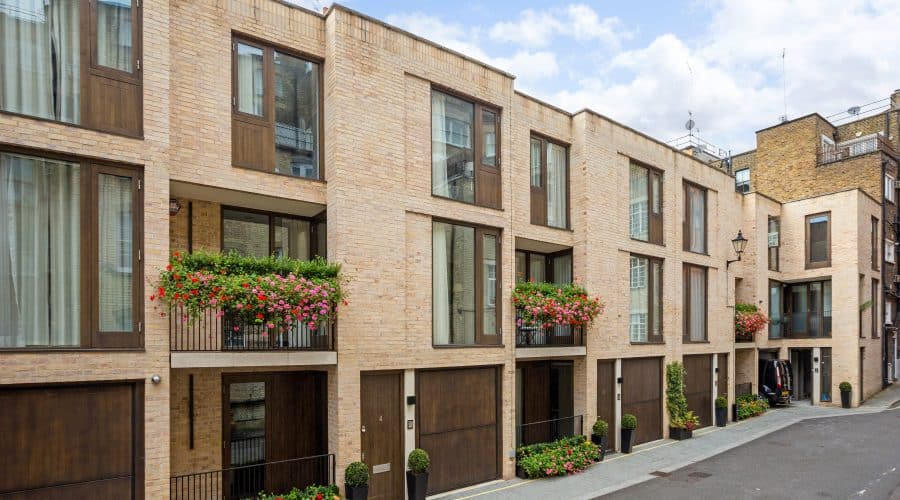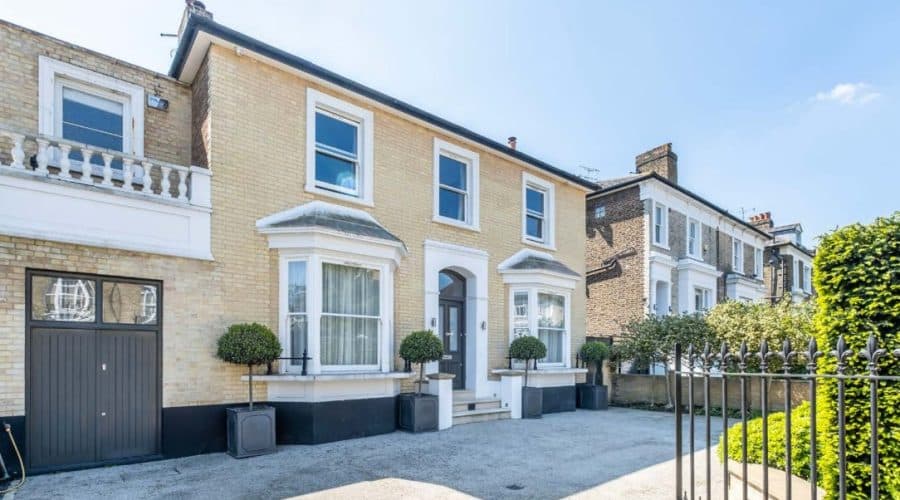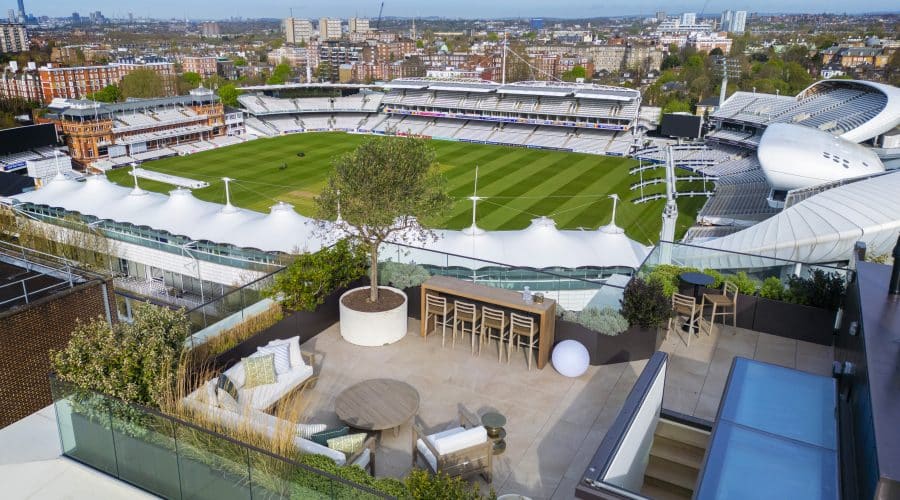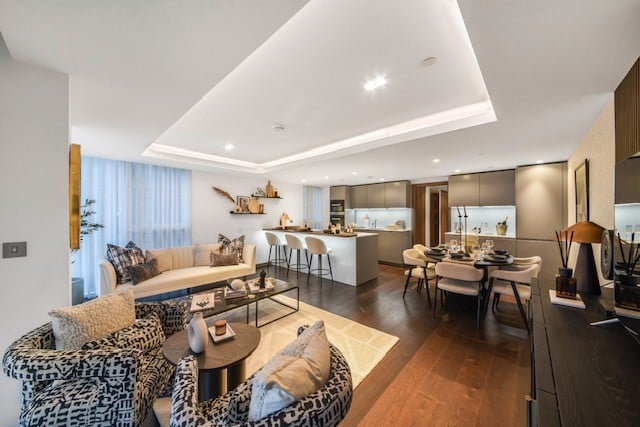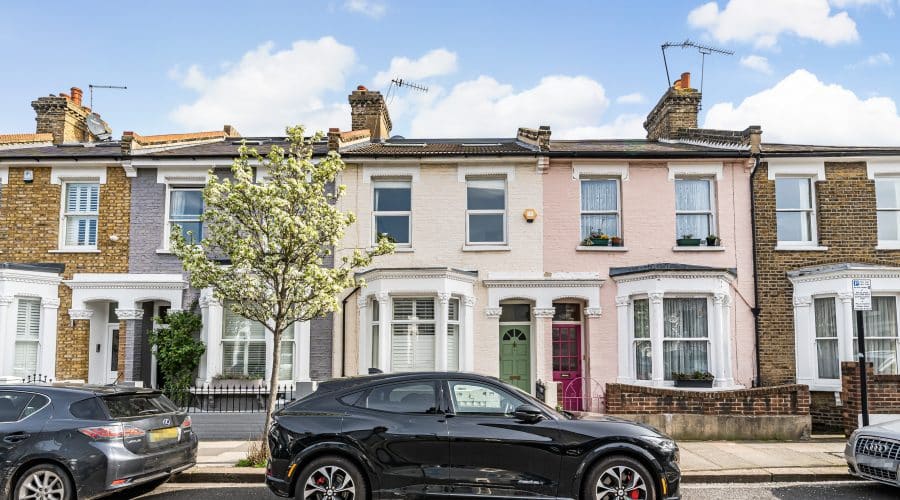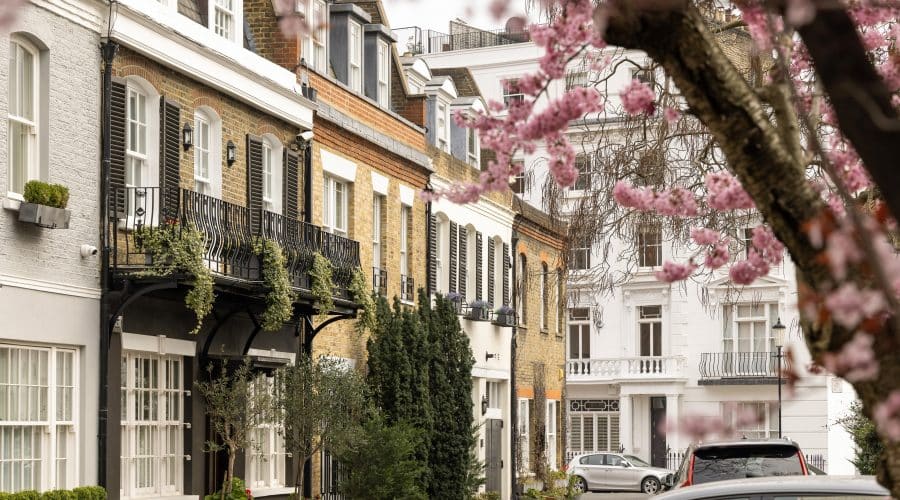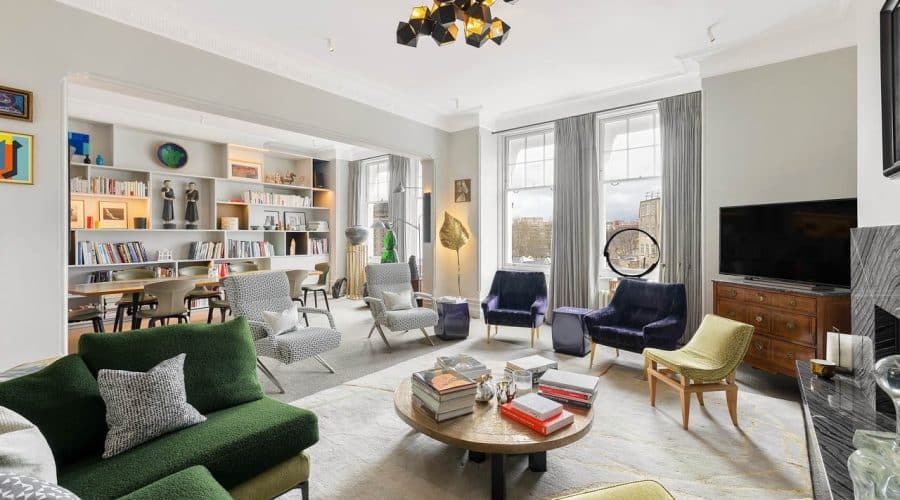By Melissa York
Listed homes are worth 50 per cent more on average than unlisted ones — but buyers should be aware of the extra costs involved and hidden dangers.
Britain has no shortage of historic or architecturally amazing homes, but properties with a heritage listing are worth 50 per cent more than unlisted ones.
Researchers at the quick-sale company Upstix found that the average value of a listed property in England and Wales is £443,692, which is £158,057 more than properties without legal protections.
Historically or architecturally important properties are granted listed status by the government and then sorted into three categories: grade I for the most important buildings, then grade II* and grade II. There are more than 400,000 listed building entries in England and more than 30,000 in Wales.
This rarity value pushes up the price. “Not every house is deemed important enough to be listed,” says Lindsay Cuthill, co-founder of the country estate agency Blue Book. “As a nation enamoured with history and the charm of heritage homes, vendors should capitalise on this fascination.”
In London the listed-property premium is 80 per cent — the highest of any region — followed by a 73 per cent premium in the southeast of England. The smallest price gap is in Wales, where listed properties are 22 per cent more expensive on average.
Grade II* and I properties, which comprise 5.8 per cent and 2.5 per cent of the listed building entries respectively, have the highest level of protection. These grades are often reserved for national landmarks and properties of rare historical importance, but there are some residential properties with the highest grade of listing, such as Park Crescent, the white terraced houses designed by the architect John Nash on the perimeter of Regent’s Park in London. These properties will be subject to interior and exterior restrictions, so they are difficult to renovate.
To make any alterations or repairs relating to the listing, owners have to obtain listed building consent from local planners to make sure the changes reflect the nature of the building. This can be a laborious and costly process; sometimes consent is granted only if original materials and techniques are used, and specialist craftspeople frequently have to be drafted in.
Amy Reynolds, the head of sales at the estate agency Antony Roberts, loves selling listed buildings but has come across some surprising restrictions. “I once sold a listed cottage with a dreadful 1970s fitted wardrobe that was also covered by the listing,” she says. “While I understand the value of showing changes over time, there was nothing special about that wardrobe and it made the bedroom difficult to use.”
Some owners relish the challenge, such as Loretta Fraser, 59, and her husband, Bill, 67. They spotted their grade II listed house on their wedding day in 1999. After they tied the knot at Grafton Manor in Bromsgrove, Worcestershire, they peered through the hedge, saw the priest’s house next door and vowed to buy it if it ever came on to the market “as a sort of joke”, says Loretta, who eventually bought the property in 2017.
“We will always live in old houses. We love history and take the approach that we are just custodians of these beautiful homes. And my husband is 6ft 6in, so Georgian-style properties suit him because they have tall doorways and ceilings.”
Their six-bedroom house was built in about 1800, but it’s believed that the site, which was formerly part of the Grafton Estate, was home to a priest who was hanged for his part in the Gunpowder Plot in 1605. The heritage listing protects the exterior of the building as well as plasterwork in the lounge, cornicing, a staircase and the original Catholic confessional.
But it hasn’t stopped the Frasers from modernising the home. They replaced the wiring and plumbing, installed a new water tank and improved the property’s energy efficiency by installing separate boilers to isolate heating to the parts of the building they are using.
Their biggest project was replacing the courtyard with an orangery. The Frasers consulted an architect and then invited over planning officers from the council to discuss what would be acceptable. “[The planners] wanted oak in the windows, reclaimed bricks for any replacement brickwork and cement that had lime in it, so we followed everything,” Loretta says. The couple hired a recommended builder who had experience with old and listed properties. The Frasers are selling the house for £1.85 million.
Buyers of listed properties can be easily caught out with extra costs if they skip their research. They should ask the sellers if they have done any work that amounts to a change in the heritage listing — that can include doorways that have been opened or blocked, the installation of double-glazing and the attachment of satellite dishes or aerials to chimneys. The local authority can ask the new owners to put these right.
Tom Kain, at the buying agency Black Brick, says he finds breaches in listed building consent in the “majority” of the modernised listed buildings he sees and estate agents often don’t realise. “It is a case of buyer beware when understanding how they have been updated,” he says.
To avoid an unexpected bill, Kain recommends asking a surveyor to compare the building with the listing description and commissioning a heritage consultant report that outlines whether enforcement is likely and gives an idea of the costs involved.
Unapproved additions can knock a lot of value off a listed property. Adrian Philpott, of the estate agency Winkworth, recalls one client who put his grade II listed house up for sale for £3 million only to find it was unmortgageable because he had added an unapproved lift and a glass extension. Eventually Philpott found a cash buyer who secured it for £500,000 less than the asking price, “with the view that they would remediate. The lift and the glass extension have now gone.”
If a breach is found, the buyer has to gamble on the likelihood of the council finding out and negotiate the price according to the risk involved — or simply walk away. “They could apply for retrospective planning, but it’s unlikely the seller will allow them time,” says Jonathan Harington at the buying agency Haringtons UK. “I’ve never had a client take [this] route.”
Listed properties take 34 days longer to sell on average than non-listed properties at 55 days, according to the estate agency Hamptons. And those in a city sell quicker than their counterparts in the suburbs or countryside: 64 days on average, compared with 90 days.
This slowdown in the country is partly because prices rose sharply in rural areas in 2021 and 2022 when the pandemic-fuelled race for space was in full swing, and now, because of increased mortgage rates, buyers are struggling to borrow the sums they need.
The cost of building work and utilities has also increased recently, making renovating and heating an older property more expensive. Aneisha Beveridge, the head of research at Hamptons, says, “Particularly for listed homes, the energy price shock has made people think about what size home they need.”
Until 2012, owners of listed properties were excluded from paying VAT for approved works, but now the tax is charged at 20 per cent, just as it is with other properties. Insurance premiums are also higher for listed buildings, to match the greater expense of repairing or replacing any damage.
Maintenance costs were a key reason behind Sarah and George de Watteville’s move from their grade II listed cottage in Longparish, Hampshire, to a new-build townhouse. They spent 23 years modernising the seven-bedroom detached house, which dates to 1840, creating a garden party room and a two-bedroom holiday let annexe on their acre of land. Five of their six children have flown the nest, but the semi-retired couple found that life wasn’t much cheaper because their mortgage rate and utility bills had increased so much.
This prompted them to sell and move into a five-bedroom townhouse at Berkeley Homes’ Knights Quarter development in Winchester. Prices for a townhouse on the estate start from £1.3 million, but still the couple’s mortgage has reduced by a third. In addition, new-builds have to meet stricter energy efficiency standards, which means they are 57 per cent cheaper to run on average than older homes.
“In our previous home with dated insulation, our energy bills were extortionate at about £1,000 a month,” George, 63, says. “Here, we’ve got great insulation, underfloor heating and radiators, so we’re hopeful we will notice a positive difference.”
Sarah, 57, says, “We loved our life in the village, but the maintenance of a home of that scale took up a lot of our time.”
